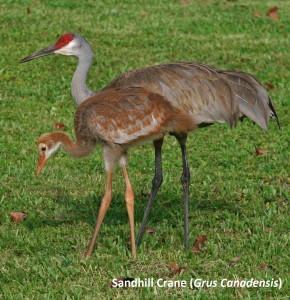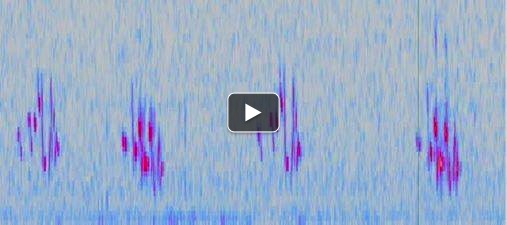The distribution and abundance of birds can be a valuable indicator of ecosystem and landscape health. By understanding the factors on the ranch that drive bird occurrence, UHPSI hopes to make recommendations for management strategies that will enhance biodiversity on the ranch.
One of the most effective ways to survey large areas over long time scales is through acoustic monitoring. We have set up two permanent recording stations at Big Red and the RPCC. These digital recorders collect bird call information at hour long intervals three times every day. This data is stored in our database and automatically sifted through to pull out individual bird vocalizations. These stations, over time, will let us understand phonological patterns of migratory bird populations on the ranch. This can help guide land management, in particular with such things as the timing of hay cuttings, grazing rotations, watering schedules, and much more.
Additionally, we have built five semi-permanent acoustic monitoring units, which are highly mobile and can be used to survey large areas. We performed an initial pilot test of this system by recording at ten locations in late September along Clear Creek and Coal Creek. Plans for 2014 include the fabrication of more units, and a ranch-wide sampling scheme. Results from the 2014 field season will allow the UHPSI team to design a model for bird population distribution that can be broadly applied to surrounding lands.
The figure to the right shows the outputs from a one minute sample selected from the sunset chorus on July 26th behind the Raymond Plank Creative Center, Ucross, WY. The blue chart above represents decibels (y-axis) over time. The red and yellow graph highlights frequency (y-axis) over time. The long vertical yellow bands (a) are ‘chips’ – short regular vocalizations, while the denser bands (b) are bird songs.
Impressed by the striking visual tapestry woven by avian vocalizations, a number of current and former resident artists have reached out to UHPSI to collaborate on projects that intersect the worlds of art and science. We have worked with visual and mixed-media artists from University of Wyoming and University of New Mexico’s Land Arts of the American West Program. As we collect more, higher quality acoustic data, we hope to streamline the process of sharing and collaborating with our artistic partners.



